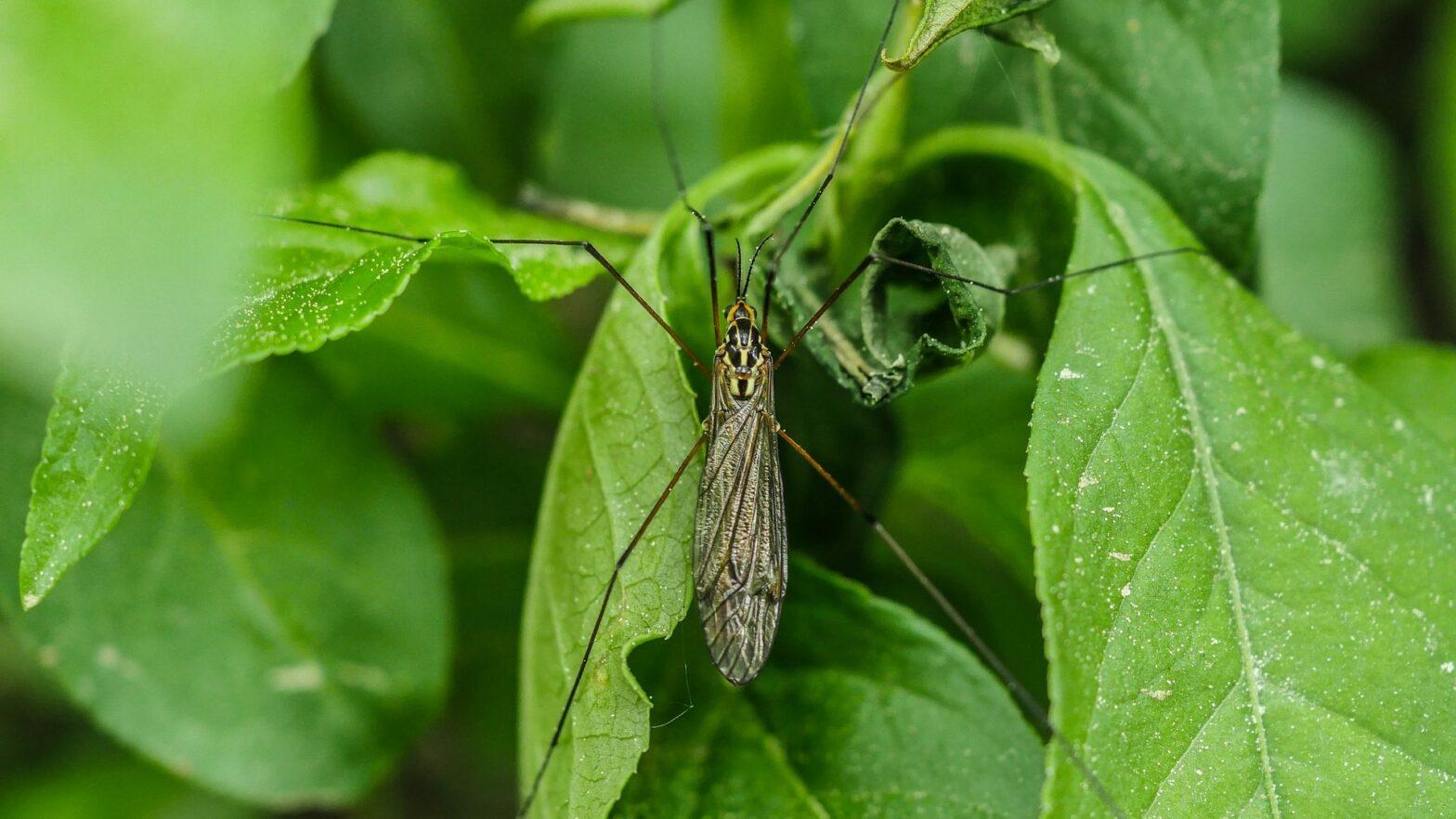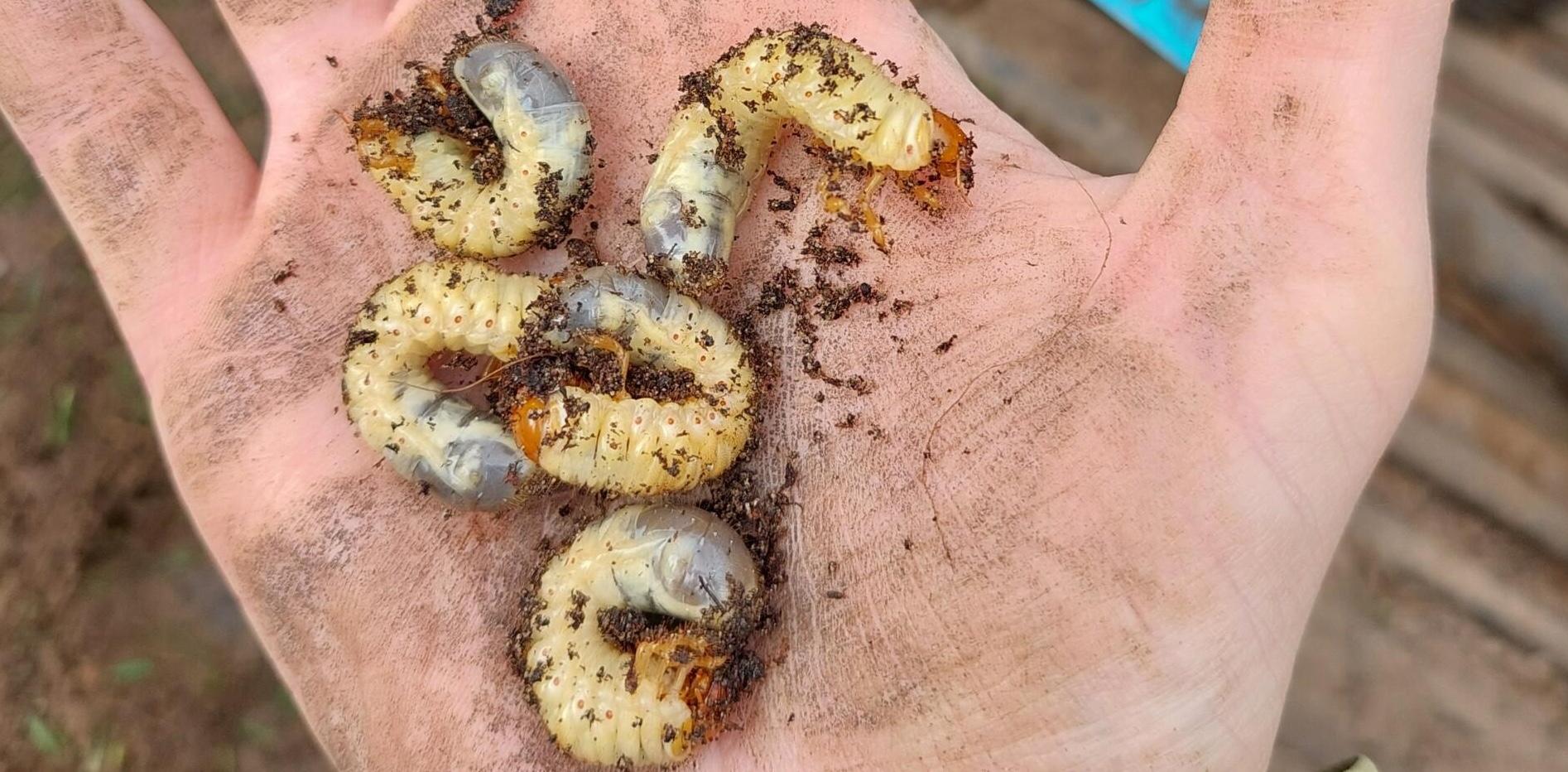If you'd asked me two years ago when I saw the annual swarm of Cranefly I'd have said "August".
Ask me that same question now and I'll give you a much longer, complex (and probably much duller) answer than that!

Talking to many Turf Managers, I think as an industry we're a little caught up in the assumption that these pests have a pretty set and regular flight pattern.
Remember to log your sightings of Craneflies on PestTracker to help us improve our understanding of the flight patterns.
The value of improving our understanding of these pests becomes incredibly important now a more preventative approach is required.
Historically as an industry we relied on high rates of curative chemistry to help manage our turf surfaces against the pressure asserted by these insects.

Whilst spending time this year discussing usage, best practice and looking at success stories with Acelepryn I was amazed to see what wide range of flight patterns there where around the country.
Now while I assume Cranefly swarms in August did take place, but I don't know of any. Most I saw were between Mid September and the Mid October.
With this large swarm window, timing of Acelepryn needs a little thought. Applying early is great to ensure the product is in the soil profile but applying too early could mean that if the crane fly hatch is month later than expected then the effect of the Acelepryn may be less than optimal.
Remember Acelepryn is under an Emergency Authorisation which means after that date it won't be available unless another emergency Authorisation or Full Authorisation is granted.
This presents some challenges as some Cranefly will hatch after this date. Our advice in this situation would be to purchase the product and ensure it applied right at the end of the approval (30th September). By this date the cranefly hatch is highly likely to be within the next few weeks so your timing will still give you high levels of control.
Find out about the importance of recording cranefly sightings on the Syngenta Pest Tracker here.




